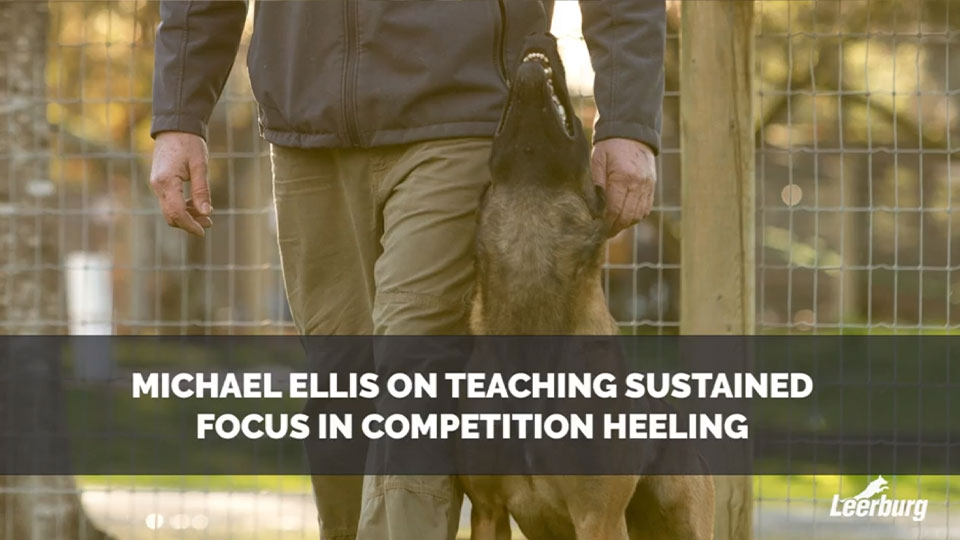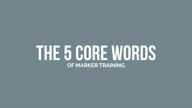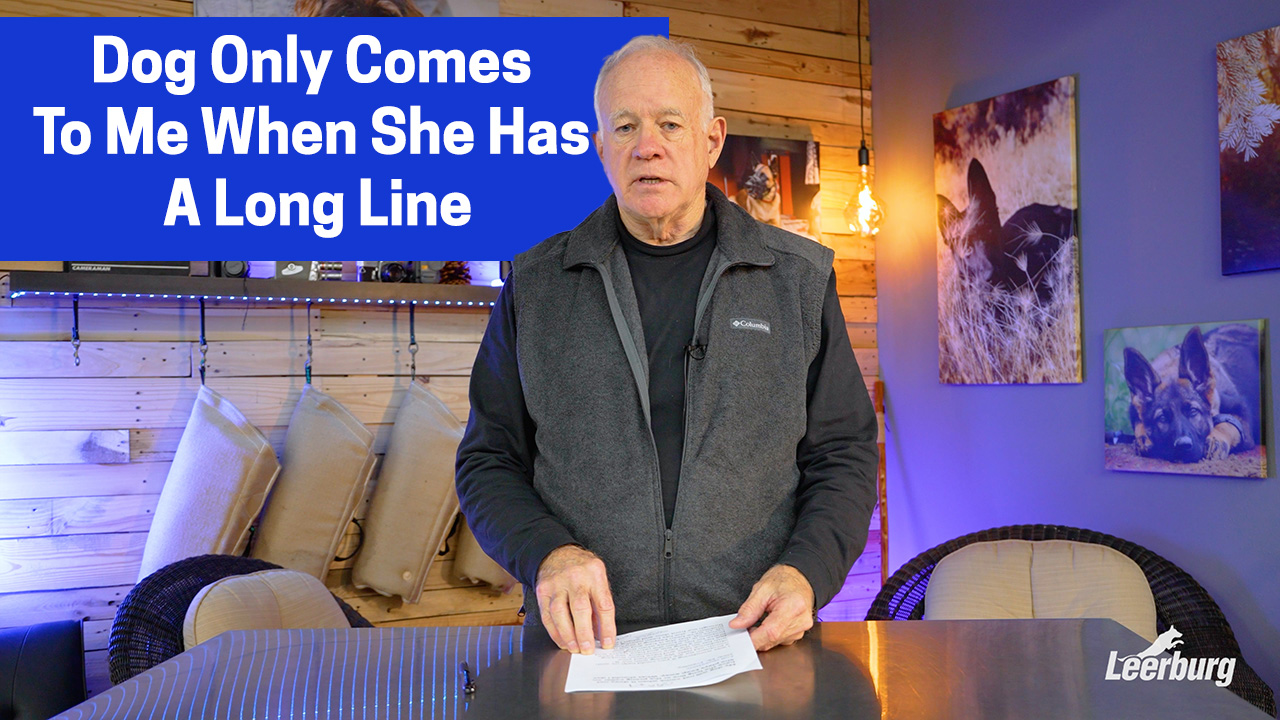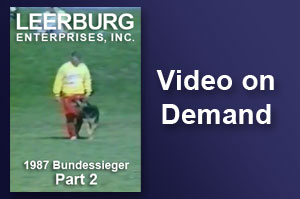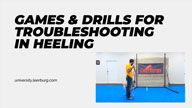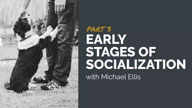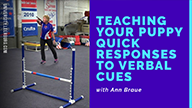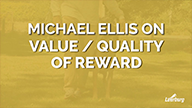Related Videos
Loading
Leash Skills with Michael Ellis DVD Commercial
Uploaded on June 26, 2014 •
1 min
The majority of dog owners only use their leash when taking their dog for a walk. A large number of those people are being pulled down the street each and every time they attempt to walk their dog. No one enjoys this experience, which is why we have produced this DVD on how to use your leash as a tool to communicate with your dog. Through a process called "leash pressure," we can teach the dog how to politely walk on the leash by implementing the skill we call "Loose Leash Walking."
Three of the most common questions we receive about Michael Ellis' training system are:
1. What is Leash Pressure?
2. How do you teach Leash Pressure?
3. When is it appropriate to incorporate Leash Pressure into your training program?
The content of this video is an expansion of the Leash Pressure information, which is covered briefly in our video, Focused Heeling.
This training will allow you to use the leash as a communication tool, which means giving your dog directional cues using pressure or slight pulls on the lead.
The DVD will break down how to establish leash pressure in a detailed, step-by-step process. We will also cover practical applications of this new skill. Everyday uses for leash pressure include loose leash walking, finishes, heeling, recalls and play.
INTRODUCING "LEASH PRESSURE" AND ITS USES
1) Introduction: What is leash pressure? Why do we use it? Where does it fit into our overall system?
2) Prerequisites: What do you need to have in place before you start, and when should you start?
3) Managing your dog pre-leash pressure. Use of harness, flexi, Halti/Gentle Leader, food, long lines, etc.
4) Choosing your equipment: Which choices we have, and factors that affect the tools we choose.
5) The process: Introducing "leash pressure" to your dog.
6) Uses for "leash pressure" after the process is complete:
A) Learning to cope with mild stress.
B) Position in heeling (focused and otherwise).
C) Finishes.
D) Loose leash walking.
E) "Contact" heeling.
F) Working through possessiveness in play.
G) Finishing recall work.
H) Blocking errors in training (i.e. going through doors, target work/place work, preventing a dog from engaging in self-reinforcing behaviors, limiting options, etc.).
I) Preparation for, and the eventual use of, correction in our training (positive punishment).
7) Pros and cons of shaping of leash pressure with rewards when used as an alternative to real negative reinforcement.
Three of the most common questions we receive about Michael Ellis' training system are:
1. What is Leash Pressure?
2. How do you teach Leash Pressure?
3. When is it appropriate to incorporate Leash Pressure into your training program?
The content of this video is an expansion of the Leash Pressure information, which is covered briefly in our video, Focused Heeling.
This training will allow you to use the leash as a communication tool, which means giving your dog directional cues using pressure or slight pulls on the lead.
The DVD will break down how to establish leash pressure in a detailed, step-by-step process. We will also cover practical applications of this new skill. Everyday uses for leash pressure include loose leash walking, finishes, heeling, recalls and play.
INTRODUCING "LEASH PRESSURE" AND ITS USES
1) Introduction: What is leash pressure? Why do we use it? Where does it fit into our overall system?
2) Prerequisites: What do you need to have in place before you start, and when should you start?
3) Managing your dog pre-leash pressure. Use of harness, flexi, Halti/Gentle Leader, food, long lines, etc.
4) Choosing your equipment: Which choices we have, and factors that affect the tools we choose.
5) The process: Introducing "leash pressure" to your dog.
6) Uses for "leash pressure" after the process is complete:
A) Learning to cope with mild stress.
B) Position in heeling (focused and otherwise).
C) Finishes.
D) Loose leash walking.
E) "Contact" heeling.
F) Working through possessiveness in play.
G) Finishing recall work.
H) Blocking errors in training (i.e. going through doors, target work/place work, preventing a dog from engaging in self-reinforcing behaviors, limiting options, etc.).
I) Preparation for, and the eventual use of, correction in our training (positive punishment).
7) Pros and cons of shaping of leash pressure with rewards when used as an alternative to real negative reinforcement.
Comments
BUZZBOMB
June 26, 2014
Great Idea, but will you be teaching how to do leash pressure or just the benefits of?


